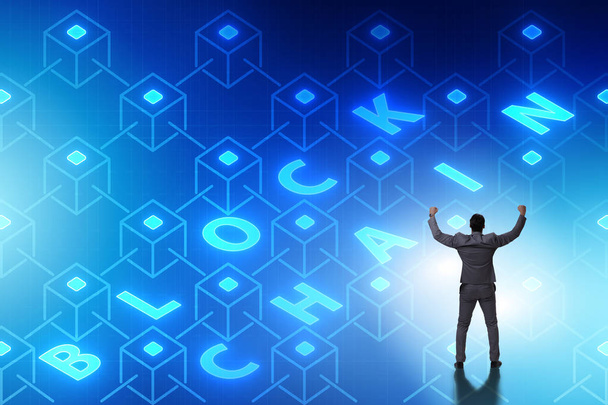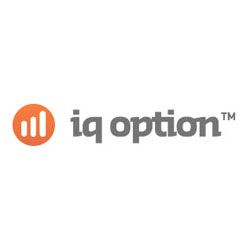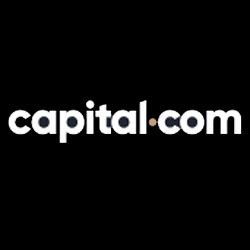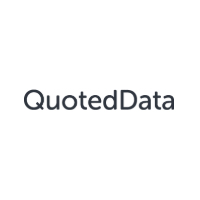The tokenization of real-world financial assets on public blockchains is already underway, with over $160 billion in tokenized fiat currencies and $2 billion in tokenized U.S. treasuries and commodities. The financial sector has long been captivated by the potential of blockchain technology to revolutionize conventional market infrastructure.

Blockchain’s appeal lies in its promise of enhanced transparency, immutability, quicker settlement times, improved capital efficiency, and lower operational costs. These advantages have spurred the creation of novel financial instruments on blockchains, including new exchange mechanisms.
An Introduction to Traditional Financial Market Infrastructures (FMIs)
To understand the transformative potential of blockchains, it’s essential to first understand financial market infrastructures (FMIs)—the core institutions that blockchains aim to disrupt. FMIs form the backbone of our global financial system.
The BIS (Bank for International Settlements) and the IOSCO (International Organization of Securities Commissions) provide a comprehensive overview of FMIs in their document, “Principles for Financial Market Infrastructures” (PFMIs). According to BIS and IOSCO, the primary FMIs essential for the efficient operation of the global financial system are:
Payment Systems (PSs): These systems ensure the safe and secure transfer of funds between participants.
Central Securities Depositories (CSDs): Organizations that offer securities accounts, central safekeeping services, and asset services, playing a key role in maintaining the integrity of securities issues.
Securities Settlement Systems (SSSs): These systems facilitate the transfer and settlement of securities through book entries, following established multilateral rules. They enable the transfer of securities either free of payment or against payment.
Trade Repositories (TRs): Entities that keep a centralized electronic record of transaction data.
Securities Settlement: The Concept of Delivery versus Payment
“The greatest financial risks in securities clearance and settlement arise during the settlement process,” states the Committee on Payment and Settlement Systems. Securities can be exchanged either without payment or in conjunction with payment.
In certain markets, a system is used where the transfer of securities only occurs if the corresponding payment is completed—this is known as delivery versus payment (DvP). Currently, the delivery of securities and the transfer of funds operate on two distinct tracks, facilitated by different systems.
Payments are processed through payment systems, while securities are settled via securities settlement systems, as previously discussed.

Blockchains and Atomic Settlement in DvP
Blockchains offer a way to reduce certain risks in delivery-versus-payment (DvP) systems, particularly principal settlement risk, thanks to a feature known as atomicity. In blockchain transactions, multiple steps—such as the delivery of a security and the corresponding payment—can be bundled together. The key advantage of blockchain transactions is that they are all-or-nothing: either every part of the transaction is completed successfully, or the entire transaction fails. This property, known as atomicity, also underpins mechanisms like flash loans, where a user can borrow funds without collateral, provided they are repaid within the same transaction.
Why Choose Permissionless Blockchains?
For a blockchain to be considered public and permissionless, it must allow anyone to participate in transaction validation, block production, and consensus on the ledger’s official state. Additionally, it should enable anyone to download the blockchain’s state and verify the legitimacy of all transactions. Examples of public blockchains include Bitcoin, Ethereum, and Solana, where anyone with internet access can engage with the ledgers. Blockchains that meet these criteria and are sufficiently large and decentralized naturally serve as credibly neutral global settlement layers.
Through the use of smart contracts, transactions can be executed between parties who do not know each other, enabling trustless and intermediate execution. These transactions result in immutable changes to a globally shared ledger.

Tokenization Case Study: Maker Protocol
Maker, the protocol behind the DAI stablecoin, has significantly expanded its use of real-world assets (RWAs) to back the issuance of DAI. While DAI was initially backed primarily by crypto assets and stablecoins, today, around 40% of Maker’s balance sheet is held in RWA vaults. These vaults invest in U.S. Treasury securities, providing substantial revenue for the protocol. The management of these RWA vaults is handled by various entities, including BlockTower and Huntingdon Valley Bank.
Conclusion
The financial system has endured numerous challenges, such as the paperwork crisis, the global economic crisis, and the Gamestop incident. These events have tested and shaped the financial system into its current form: a highly intermediated, siloed network that depends on slow processes and regulations to build trust and facilitate transactions. Public blockchains present a compelling alternative by offering censorship-resistant, credibly neutral, and programmable ledgers.
However, blockchains are not without their flaws. They face technological challenges, including block reorganizations, forks, and latency issues due to their decentralized nature. Despite these shortcomings, with the right legal frameworks and continued technological advancements, the tokenization of assets on public blockchains can generate significant network effects as assets and applications converge.
Learn from market wizards: Books to take your trading to the next level.

 Hot Features
Hot Features














